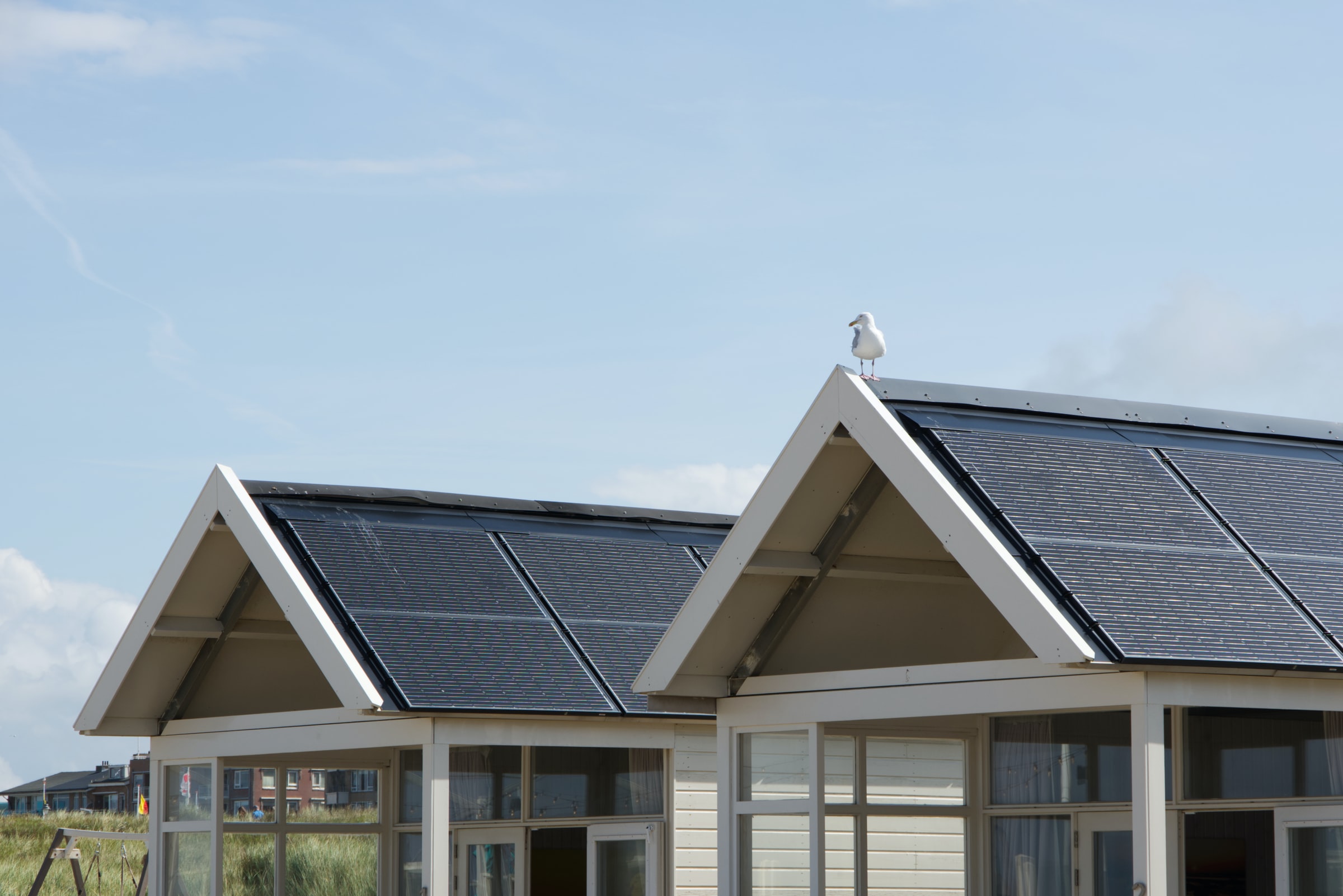A solar panel is a device that converts a portion of the sun’s rays into thermal or electrical energy with solar collectors. The more solar energy the panel captures, the more electricity it will produce. This device is very profitable and beneficial especially in sunny areas.
It is economical because it saves on electricity bills. On top of that, it is easy and quick to install. What are the different types of dynamic panels? What are the advantages of photovoltaic solar panels? So, without further ado, let’s dive into this blog and answer these questions.
Types of dynamic solar panels
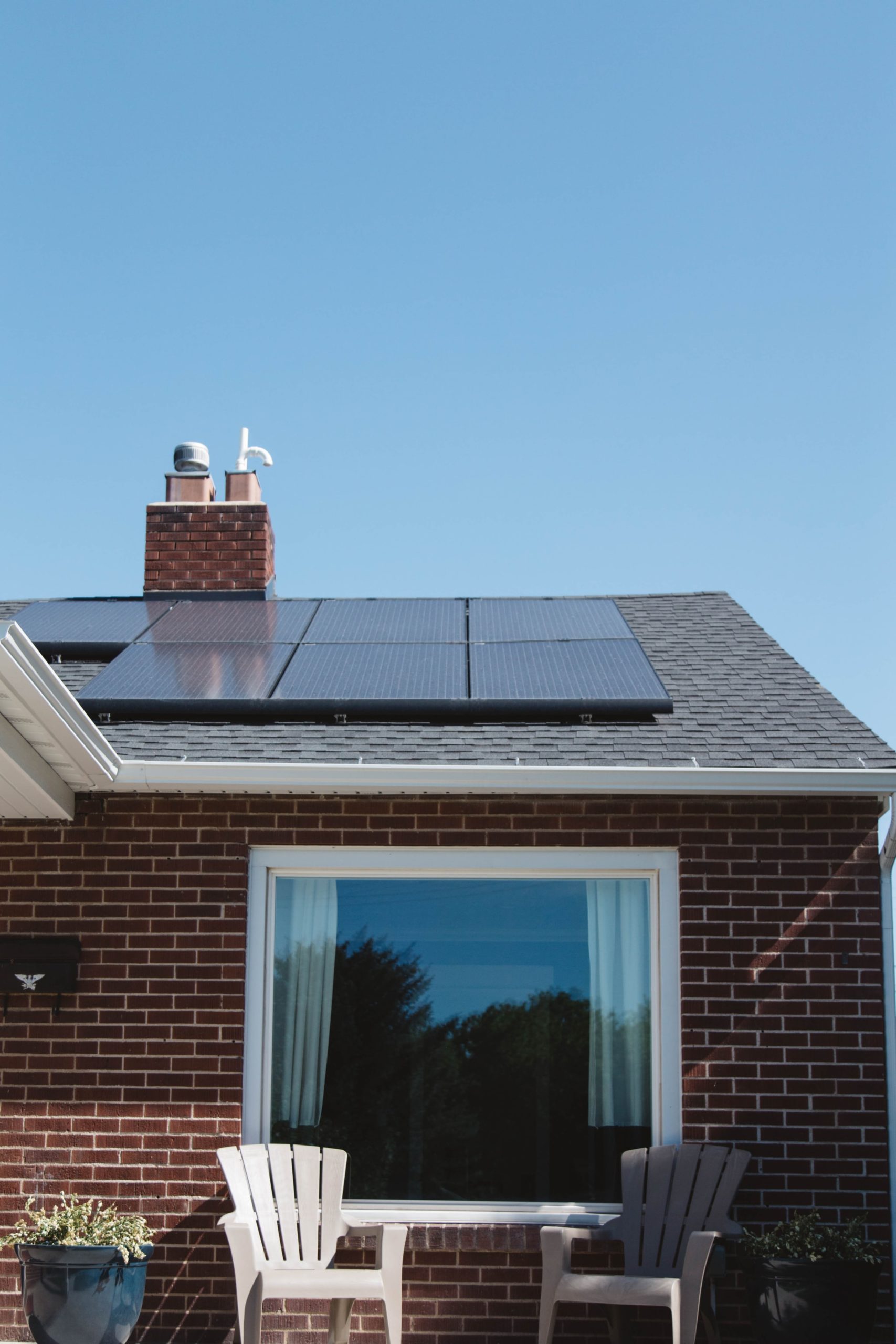
Renewable and available energy, green energy and environmentally friendly is what solar energy is. There are three types of solar panels responsible for energy conversion. We have:
Thermal solar panels or still called solar collectors are used to capture the heat of the sun’s radiation and transmit it to a heat transfer fluid. We also speak of solar thermodynamic plant for a device more
Photovoltaic solar panels or photovoltaic modules convert part of the sun’s radiation into electricity.
It also consists of a grouping of several solar panels in one place called solar photovoltaic power plant.
Hybrid photovoltaic solar panels, this is a cogeneration. They are a combination of the two previous technologies. Thus, they produce electricity and heat at the same time with an improved version of the yield of photovoltaic solar panels without overheating the modules.
In fact, the solar panels are the necessary components for the solar energy collection system. It is recommended to use the expertise of professionals for an optimization of the energy consumption of your house.
The advantages of photovoltaic solar panels
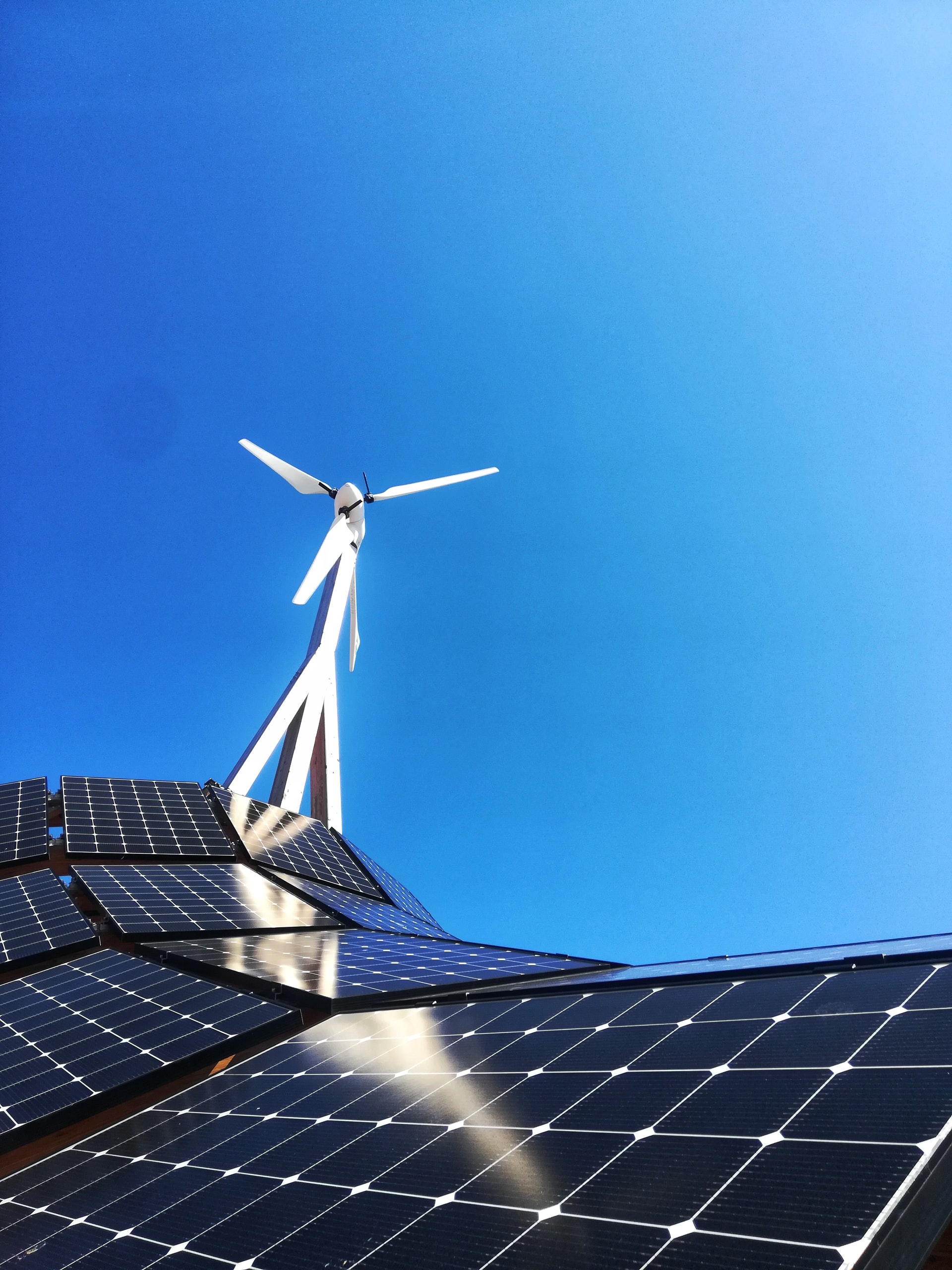
The photovoltaic solar panels are a source of renewable, free and available energy. Thanks to the sensors located on the panels, they can convert daylight into electricity and thus save on electricity bills. Here, we are looking for radiation and not heat, so it is an inexhaustible source of energy.
Thus, thanks to the sun’s rays, these panels provide energy supply. Photovoltaic solar panels have many advantages, both ecological and economic or thermal. Among others, we can note:
- A very good profitability and a fast amortization
- A possibility of reduced VAT rate to 10% in 2021
- A safe long-term forecast of the investment and the return
- The increase of the value of a house
- Their recyclable character
- Photovoltaic solar panels contribute to the reduction of polluting emissions and the preservation of the environment
- Photovoltaic solar panel installations are robust and require little maintenance
- Intelligent systems and impressive technical progress for energy self-consumption in 2021 with a significant evolution
- Reliable and stable solar photovoltaic panel systems, easy to install and simple;
- Increased profitability of photovoltaic for self-consumption with sale of surplus electricity.
With the thermal regulations imposing the development of renewable energies, the use of photovoltaic solar panels is of paramount importance. They are very profitable, beneficial but above all ecological. They are made of silicon to allow the transformation of light into renewable energy.
Also, these solar panels are guaranteed for more than twenty years and recognized for their resistance to weather. The photovoltaic solar panel is the choice for an ecological and economical approach to energy.
Return on Investment
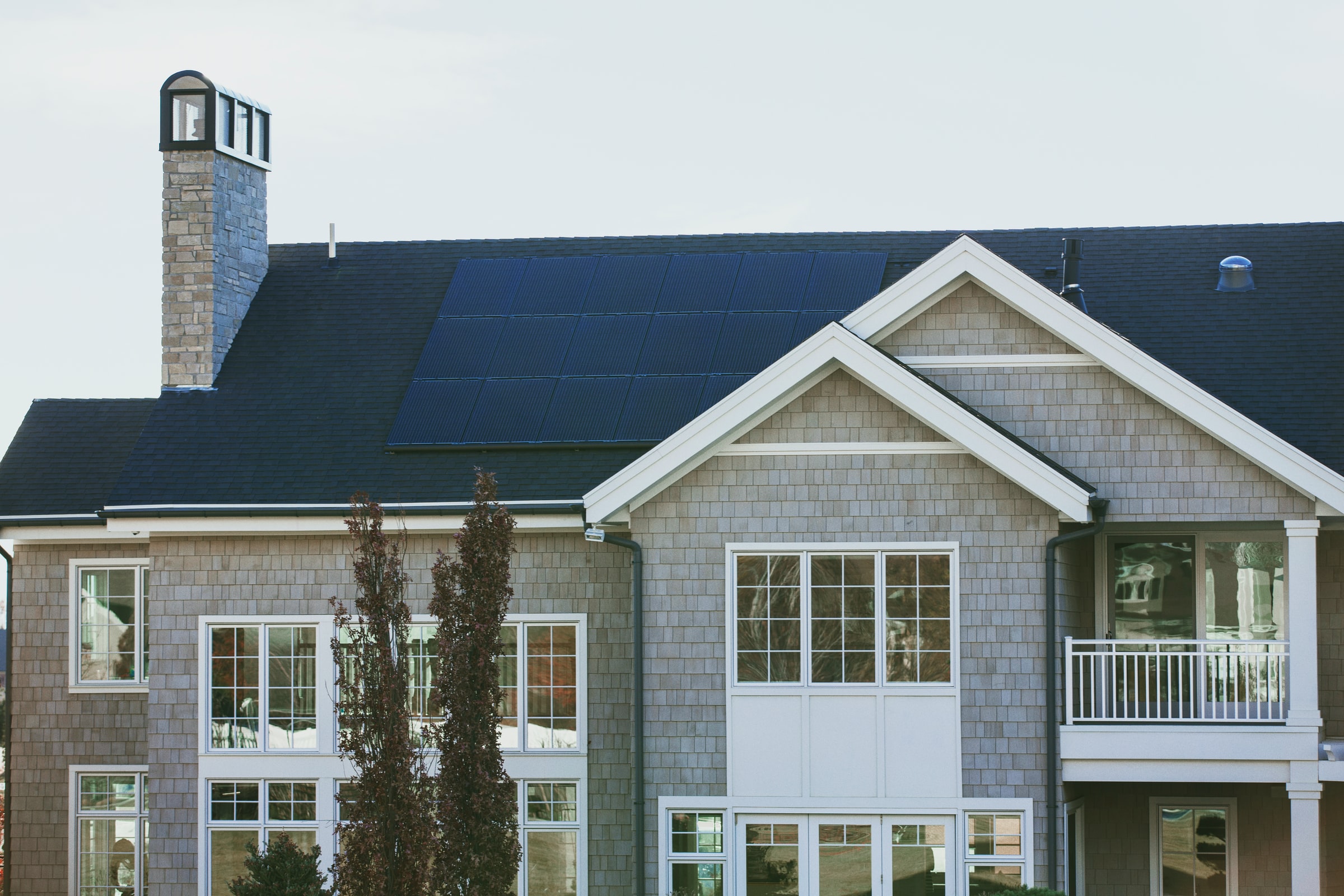
The price of a solar panel installation is often one of the main reasons for the reluctance to take the plunge into photovoltaics. However, the profitability of an installation is no longer in question. The fall in prices in photovoltaics and the increase in electricity tariffs make photovoltaics and, in particular, self-consumption more and more interesting financially.
An installation costs between 2,200 and 2,800 dollars per kWp and generates significant reductions in electricity bills each year. Either directly through self-consumption or indirectly through the sale of the production to an electricity supplier.
State aid for the installation of photovoltaic panels, such as the self-consumption bonus or the EDF OA feed-in tariffs fixed over 20 years, further improve the profitability of solar panels. Depending on the geographical area and the solar installation cost, the return on investment is reached between 10 and 15 years.
A civic gesture
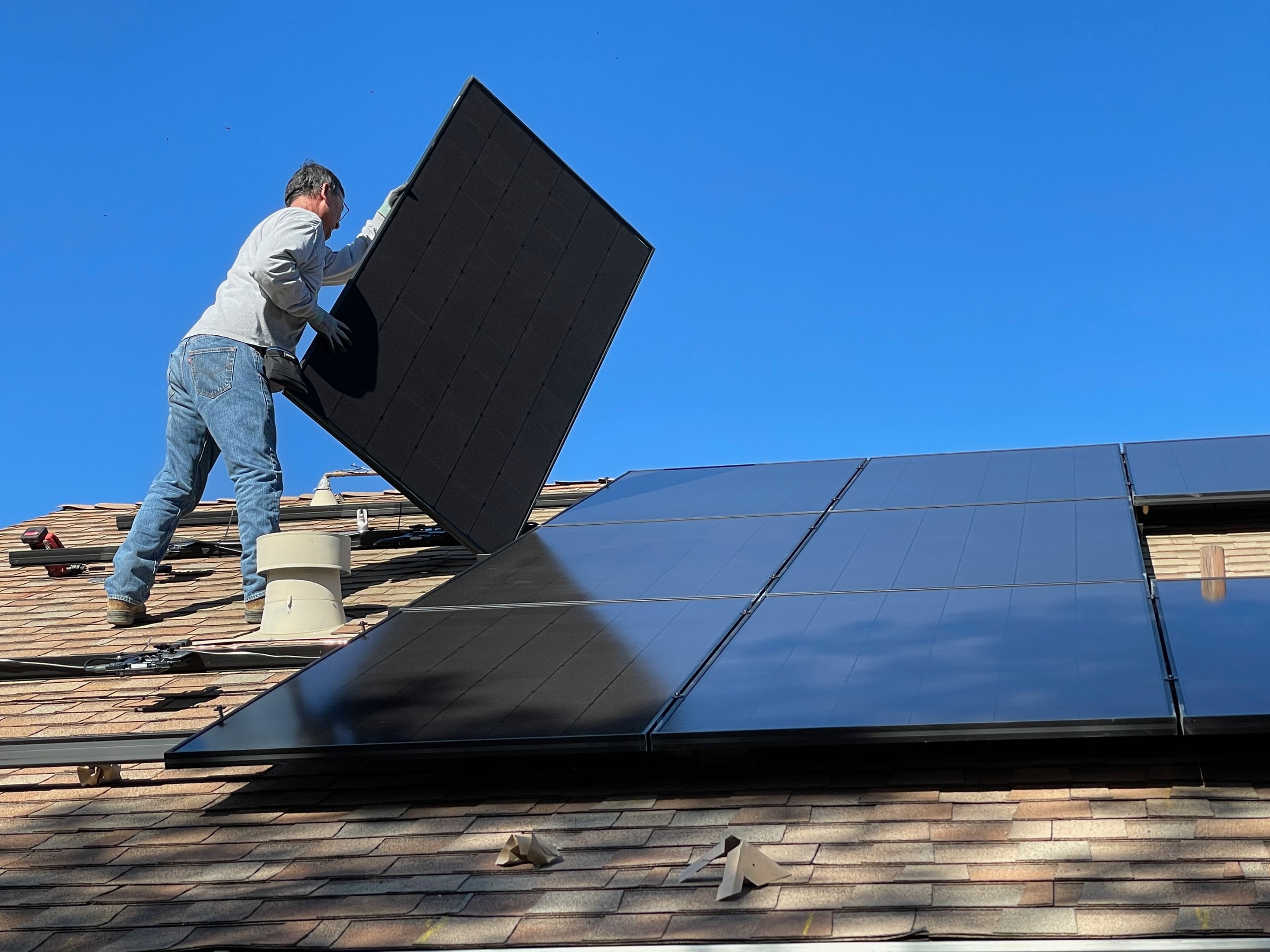
Today, it is difficult for government representatives to adopt (at least publicly) a position that would not be favorable to the energy transition in the United States. Nuclear power is the object of all the wrath; renewable energies have the wind in their sails. In 2020, they will account for 19.1% of the US’s gross final energy consumption, of which 3.4% will be produced by photovoltaic solar energy.
The 2015 law on energy transition for green growth aims to raise the percentage of renewable energy in the US energy mix to 32% by 2030, which is 5% higher than the European aspirations for the same date. Thus, by installing solar panels on your house, beyond your personal convictions, you are taking a resolutely civic approach through your contribution to greening the US public electricity network.
Sound off in the comments section below and tell us what you want to read next and if you want to read more about solar pannels.
